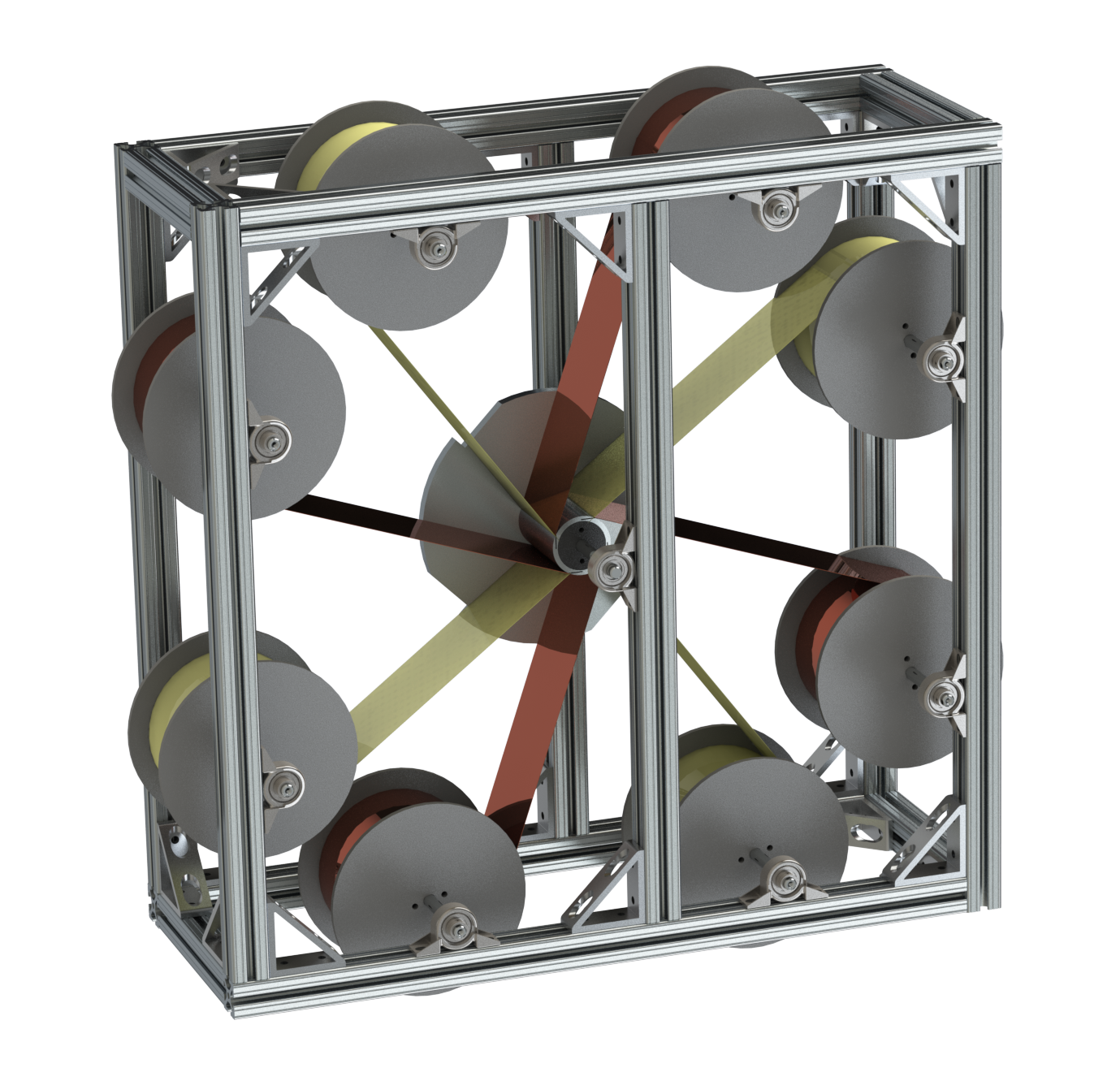Beam Manipulation
All of our beam-based, high-energy density experiments require the creation, transport and manipulation of high brightness beams. These beams are often to very tight foci, to produce extremely high intensities. In the quest produce high brightness - low emittance, high current - beams, we have been at the forefront of the RF photoinjector development. The RF photoinjector liberates ps length beams by use of short pulse, intense lasers impinging on a photocathode that is embedded in a high gradient rf cavity, so the cold, ultra-short electron beam may be violently accelerated away before space-charge forces destroy it.
Space-charge dominated beams are limited in their current at creation in the photoinjector, and therefore must be compressed for many applications, such as FEL and wakefield acceleration. At UCLA, we have studied both magnetic chicane compression, in which the beam is bent, and a variety of collective ills may set in, and a newer scheme termed velocity bunching. These investigations have produced beams that are as short as a few hundred fs, as measured using coherent transition radiation (CTR) interferometry. As we are now studying schemes where we need to shape the beams with better than this resolution, and more powerful measurement technique based on RF deflectors is being developed. In addition, we have used spectral techniques with CTR to deduce FEL microbunching down to 300 nm (attosecond) periodicity.
Multi-Start Foil Wound Solenoid

Solenoids for beam transport are typically wound helically, with each layer of wire being laid down on top of the previous, or as “pancakes” where the wire is wound radially in before crossing-over and winding out. Both of these approaches break rotational symmetry and introduce higher order multipole moments which can be deleterious to beam emittance. For high brightness beams, this can be particularly problematic. To this end, a solenoid employing multi-start foil windings is simulated and compared to conventional choices. With appropriate design, this approach can forbid certain multipoles by symmetry.
Tapered Modular Quadrupole Magnet

At UCLA’s SAMURAI Laboratory, there will be a need for beam optics to accommodate operation over a range of beam energies. We present a modular quadrupole design that, in addition to satisfying this requirement, incorporates interchangeable tapered end-pieces for mitigation of higher-order aberrations *. The design progresses in an iterative fashion, whereby the tapered shapes, generated algorithmically, are fed into a field solver, and then the aberrations of the resulting particle trajectories are calculated and minimized.
Arbitrary longitudinal pulse shaping with a multileaf collimator

We have developed a multileaf collimator (MLC) for charged particle beams, based on independently actuated tungsten strips that can selectively scatter unwanted particles. The MLC is used in conjunction with an emittance exchange beamline to rapidly generate highly variable longitudinal bunch profiles. The developed MLC consists of 40 independent leaves that are 2 mm wide and can move up to 10 mm and operates in an ultrahigh vacuum environment, enabled by novel features such as magnetically coupled actuation. An experiment at the Argonne Wakefield Accelerator, which previously used inflexible, laser-cut masks for beam shaping before an emittance exchange beamline, was conducted to test functionality. The experiment demonstrated myriad transverse mask silhouettes, as measured on a scintillator downstream of the MLC, and the corresponding longitudinal profiles after emittance exchange, as measured using a transverse-deflecting cavity. Rapidly changing between mask shapes enables expeditious execution of various experiments without the downtime associated with traditional methods. The many degrees of freedom of the MLC can enable the optimization of experimental figures of merit using feed-forward control and advanced machine learning methods.